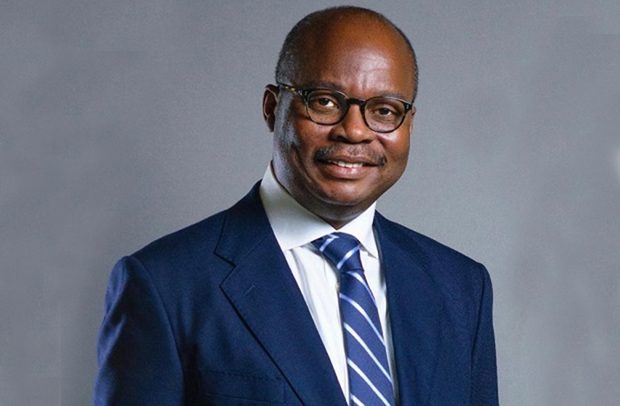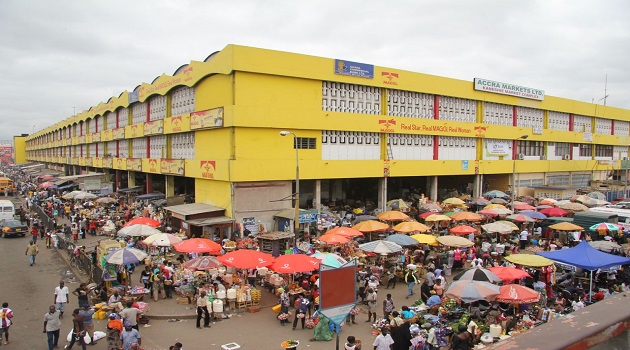
The cut of the country's policy rate from 21 to 20 percent by the Monetary Policy Committee (MPC) of the Bank of Ghana (BoG) has been lauded by a section of businessmen in the Central Business District of Accra. But quickly added that the hundred basis point cut will guarantee businesses growth only if it leads to a significant decline in the high bank lending rates.
Speaking to the Public Agenda in an interview, Mr. John Prah a businessman in Accra explained that lending rates has been a major setback to business growth in the country, thus, he was optimistic that the reduction would boost their businesses.
Madam Elizabeth Bediako, an importer of second hand clothing at the Kantamanto Market in Accra complimented the policy rate cut by the MPC of BOG, but suggested that steps should be taken to compel the banks to comply.
"Businessmen women in this country have a whole lot of issues including instability of the cedi and high import and tax levies impeding the growth our businesses. Therefore if such a significant step is taken by BOG, we plead with government to do something about the high import levies and taxes so that business will grow.
Another business woman, Rosemond Opoku Agyemang, a wholesaler in textile at Makola no.2 also said although the Policy rate cut is laudable, it will only make sense if it will improve businesses in the country
The implementation of this policy coupled with decline in inflation and a stabilized cedi will bring a landmark boost to businesses and the economy as a whole.
The Governor of the Central Bank, Dr. Ernest Addison who stated this recently said the reduction was influenced by favorable economic outlook and a drop in inflation."This is the first time since September 2014 that the policy rate has hit the 20 percent mark and also the first time since January 2017 that the BoG has dropped the rate by 100 basis points."
He made the submission at the last press briefing for the year of the 79th regular meeting of the Monetary Policy Committee (MPC). It highlighted economic developments that have shaped the Committee's view of the outlook and informed its decision on the stance of monetary policy going forward.
Dr. Addison explained that since the last MPC meeting global growth is strengthened and sustained by strong growth in demand and recovery in investments and trade. The recovery process has also expanded beyond advanced economies to include large emerging market economies.
Also Bank's latest confidence surveys conducted in October pointed to improved business and consumer confidence in the economy. These reflect the favorable prospects for industry, household's financial situation and improvement in the general economic environment.
Developments in the monetary aggregates showed increased in total liquidity in the economy. This is mainly determined by net foreign assets of the Bank of Ghana. Broad money supply (M2+) grew by 22.6 percent on a year-on-year basis in October 2017, relative to 19.8 percent annual growth a year ago. Deposit Money Bank's credit to the private sector continued to expand but at a slower pace, recording an annual growth of 9.4 percent as against a growth of 12.1 percent over the same comparative period.
The Governor further explained that the growth in sub-Saharan Africa is also slowly rebounding. Also improved global growth conditions notwithstanding, inflation remains subdued. Monetary policy in advanced countries remains broadly accommodative and these favorable external conditions could impact positively on the domestic economy through the financing and trade channels.
Regarding inflation, he explained that price developments during the first 10 months of the year continued to show signs of dampening inflation expectations. Headline inflation measured by the consumer price index was 11.6 percent for October 2017, reflection of a steady decline in inflation since the beginning of the year with the exception of April and August, when inflation ticked up slightly. All the Bank's indices of core inflation continued to decline in October, pointing to a downward trend in underlying inflation, well within or close to the end year inflation target.
.
Read Full Story
























Facebook
Twitter
Pinterest
Instagram
Google+
YouTube
LinkedIn
RSS